In 2013, Adobe killed the $2,500 software box—and sparked a firestorm by asking users to “rent” their favorite tools instead.
“Our customers are overwhelmingly choosing subscriptions instead of perpetual model licenses which is accelerating our business model transition.”
- Mark Garrett, Executive Vice President and CFO, Adobe
Here’s what’s in store for today’s issue:
The strategic shift that transformed Adobe's revenue model and stabilized its financial growth.
The initial customer backlash and how Adobe managed the transition to a subscription-based service.
Insights into how Adobe's bold move set a precedent in the software industry.
How bundling and cloud accounts made piracy almost impossible
Why selling access instead of ownership changed everything

Fact-based news without bias awaits. Make 1440 your choice today.
Overwhelmed by biased news? Cut through the clutter and get straight facts with your daily 1440 digest. From politics to sports, join millions who start their day informed.

Boxed In and Bleeding Revenue
By 2012, Adobe was an icon with a leaking engine.
Photoshop, Illustrator, Premiere — their creative software dominated the industry. But the way they sold it? Stuck in the past. Customers paid $600+ for a single app or $2,500 for the full suite — and often skipped upgrades because of the steep price.
That made revenue lumpy: giant spikes on new releases, followed by long dry spells. Investors didn’t love the volatility. And neither did Adobe.
Worse, piracy was everywhere. Overseas, in schools, among hobbyists — cracked copies were the norm. For every paying customer, there were countless freeloaders. Adobe’s team knew they were leaving billions on the table.
And even loyal customers were frustrated by the 18–24 month release cycle. New features took forever. Updates felt slow and stale.
Adobe had a choice: cling to the old model and bleed out… or torch the box and start over.


Sponsored
PowerPair
Your weekly sanity check for dual-income couples juggling kids, careers, and connection—without dropping the ball or losing your mind. Because therapy's expensive.

The Subscription Gamble
In 2013, Adobe pulled the pin.
They stopped selling perpetual licenses and launched Creative Cloud — a subscription-based model where users paid monthly to access their software.
The backlash was immediate. Creators panicked at the thought of “renting” software. Some swore they’d never upgrade again. Adobe’s forums lit up with angry posts.
But Adobe didn’t flinch.
They rolled out the change strategically:
Offered Creative Cloud alongside CS6 to ease people in.
Created flexible pricing tiers — including a $9.99/month plan just for photographers.
Added perks like cloud storage, automatic updates, and access to more apps.
They also made a critical move: tied all subscriptions to cloud accounts. That meant piracy got a lot harder — and the low monthly fee converted many pirates into paying users.
Internally, Adobe overhauled how it measured success. No more chasing sales spikes. Now it was all about recurring revenue, retention, and lifetime value.
What looked like a pricing change was really a business model revolution.

How $50/Month Became $300 Billion
It worked — wildly.
Adobe’s subscription revenue shot from $1.2B in 2013 to $18.3B by 2023.
Total revenue quintupled to over $19B, and net income followed.
Their market cap? It soared from $16B in 2011 to $300B+ by 2021.
As of 2024, Adobe had over 37 million Creative Cloud subscribers.
No more boom-and-bust cycles. The subscription model brought in steady cash, let Adobe ship features faster, and kept users locked in with continuous value.
Even more, it gave Adobe a launchpad into new territory — like Adobe Stock, Adobe Analytics, and Express — all built on the same SaaS foundation.
The move could’ve flopped. If customers had refused to switch, Adobe might’ve cratered. But by betting on access over ownership, they didn’t just fix piracy or stabilize revenue…
They future-proofed the company.

🍫Snackable Stats
$21.51 billion Adobe’s total revenue for fiscal year 2024 – Marking a record and representing 11% year-over-year growth as demand for its creative and digital experience products surged.
$17.63 billion Annualized Recurring Revenue (ARR)– From Adobe’s Digital Media segment as of Q1 2025, reflecting 12.6% year-over-year growth and highlighting the company’s subscription-driven model.
4.6 million shares repurchased by Adobe – In Q4 FY24, reflecting confidence in the company’s financial health and shareholder returns.
90% percentage of creative professionals – Who use Adobe Creative Cloud, underscoring its near-ubiquity in the creative industry.
57% share of Sundance 2024 films – That used Adobe Premiere Pro, illustrating the brand’s influence on professional content creation in film and media.

🍭More Sweet Reads
Fortune just ranked Europe’s most innovative companies of 2025 — with L’Oréal, Unilever, and Novo Nordisk leading the pack. The list highlights how big players are using AI, biotech, and bold R&D bets to stay ahead.
A PayPal‑Reimagine Main Street survey of nearly 1,000 small businesses found that 82% see AI as essential for staying competitive—25% are already using it, while over half are exploring tools for automation, marketing, forecasting, and customer insight
This read introduces The Next Chapter, a 1v1 streetball league founded by creators Scotty Weaver and D’Vonte Friga that turns pickup court culture into a pay-per-view competition—where standout personalities and flashy plays build fame and income
AI in healthcare is starting to prove itself, with tools that cut false alerts by 91% and make robotic surgeries more precise. The focus is shifting from promise to proof—and adoption depends on results, not headlines.
Neutral, forgettable ads need up to £9.8 M more spend to compete with emotionally charged campaigns—creative risk pays off. Brands that shake up the norm see better sales, awareness, and lasting impact.

Interested in reaching our audience? You can sponsor our newsletter here.

